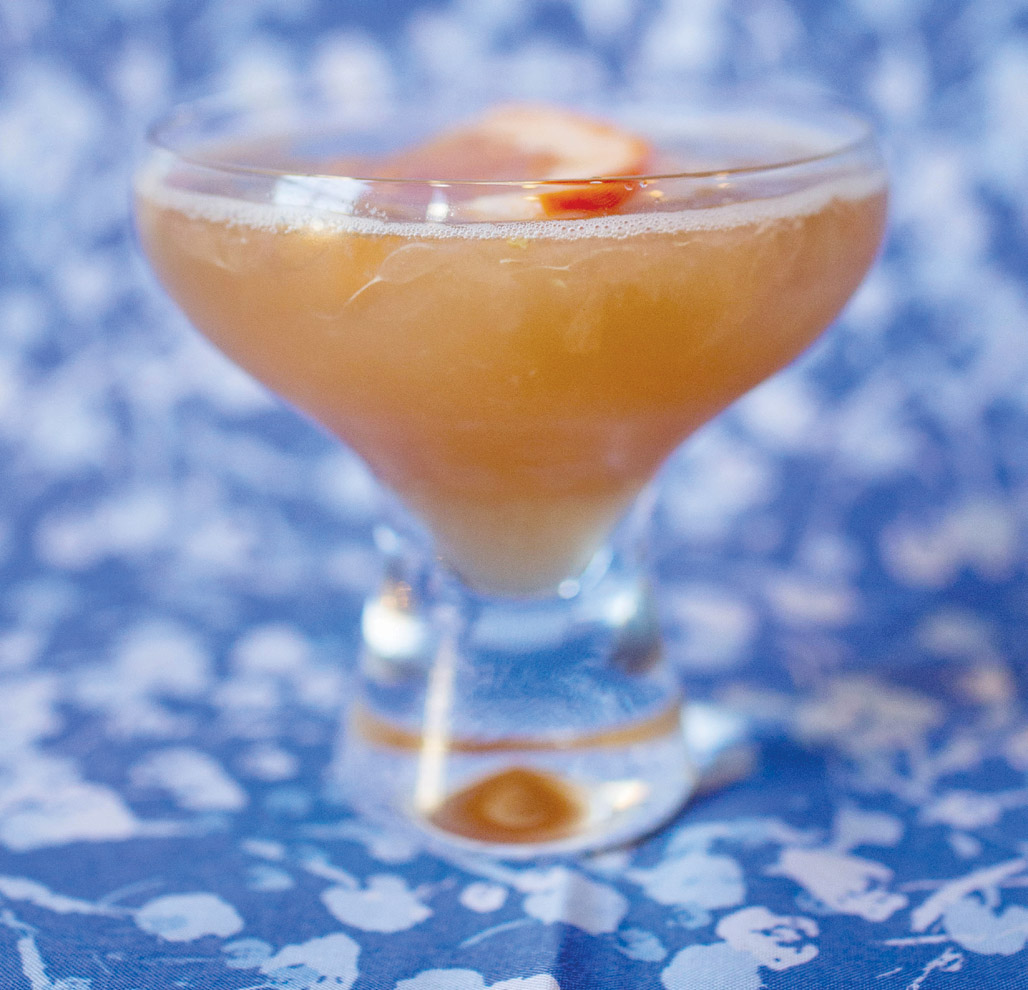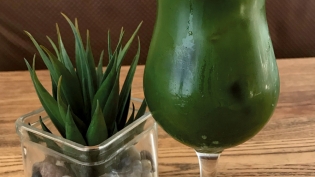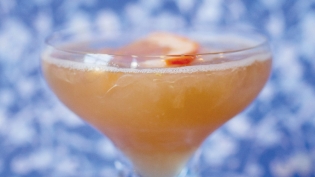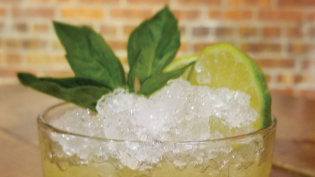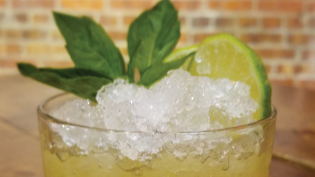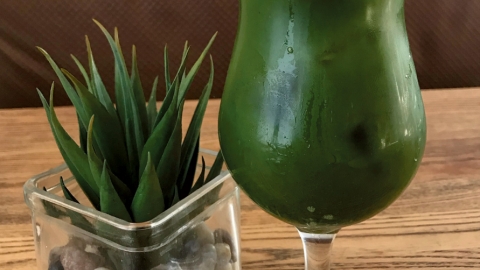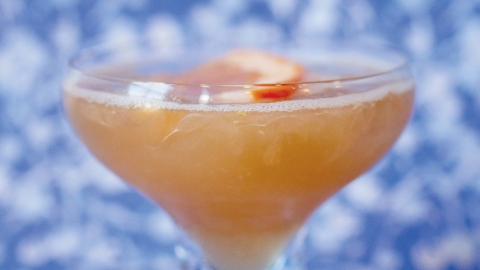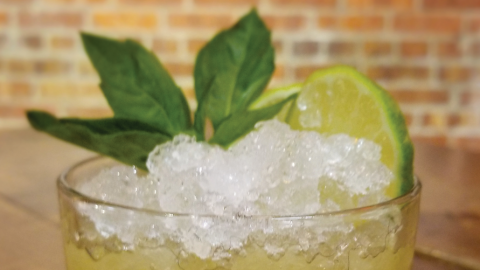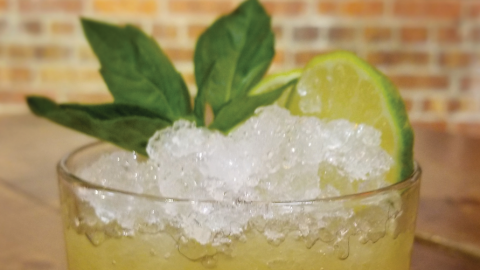Mocktails Grow Up
If the holidays ended with your “check liver” light illuminated …
If your weight-loss plan is tied to reducing or eliminating alcohol ...
If you crave a flavorful, alcohol-free drink that’s not a cloying soda …
If you finish your day having met that ounces of water goal and think, “Please, give me something that tastes, well, of anything!” …
Consider a mocktail. A good one, not a Shirley Temple or Arnold Palmer (which is actually pretty good when made 3:1 tea to fresh lemonade) or a half-hearted attempt at a virgin version of something that’s better o. boozy.
The internet is overflowing with fine mocktail recipes, but the really good ones are coming from professional bartenders. These cocktail craftspeople see mocktails as a narrow but new frontier in which to experiment with new flavors and — perhaps most important of all—serve guests who for whatever reason don’t want an alcoholic beverage.
Some time ago, Jeremy Johnson, owner of the iconic cocktail bar Meta, told me that bars and restaurants were missing an opportunity by not developing a mocktail list for nondrinkers.
“We, as bartenders, have to push ourselves some to offer customers something really good when they don’t want alcohol,” Johnson said. “Sometimes you’ve got to be the DD because it’s just your turn, or you’re in a professional situation. So what are you supposed to do? Nurse a sugary soda while your friends have great drinks? That’s no fun.”
One can infer a lot from Johnson’s statement:
1. People want to drive sober but still have a great drink.
2. Cocktail fans find one-note drinks like sweet sodas or juices boring.
3. Drinking with friends can and should be fun for the Designated Driver.
No. 3 is what led Jesse Hawkins to create the Mocktail Project in 2017. A recovering alcoholic, Hawkins had sworn off liquor in cocktails but he hadn’t forgotten the taste of well-made drinks. So he launched the Mocktail Project to encourage bartenders to create flavorful, complex and innovative alcohol-free drinks.
“I still wanted a fun and tasty option that wasn’t made from sweet tea or Red Bull,” Hawkins said. “Many of the same fresh ingredients that go into a quality cocktail go well in a mocktail. It’s not a huge stretch for a good mixologist to make these.”
Launched in October, the Mocktail Project has garnered support from a handful of local restaurants and bars, the Kentucky Distillers Association and three distillers: Old Forester Bourbon, Rabbit Hole Distillery and Copper & Kings. All three offer mocktails at their distillery bars.
Old Forester even brought Hawkins with its team to serve mocktails at WhiskeyFest New York. Mind you, this is a gigantic drinking event centered on brown spirits, yet Hawkins stayed busy serving mocktails to DDs and those wisely taking a break from booze.
Just like cocktails, mocktails are flavored by ingredients that contrast sweet with sour or bitter. All three of those flavors typically contain sugar, which (given the requirements of your specific diet) means you need to watch all ingredients closely. Some advice:
» MEASURE EVERYTHING. Not only does this ensure your drinks are better and consistent, it forces you to track your intake specifically.
» FRESHNESS FIRST. Fresh-squeezed fruit and vegetable juices, as well as herbs or teas steeped when needed, are much more flavorful than processed versions.
» BULK IS BAD. Bottled or jugged cocktail amendments such as sour mix should be skipped altogether. They don’t taste as good as fresh, and they’re full of salt, sugar and many additives.
» BATCHING IS GOOD. Well, a little of it, anyway. Fresh-squeezed juices will last about a half day if refrigerated and sealed, so don’t squeeze more than you need. But most important is this: Once you combine juices with other ingredients in a timesaving batch of mocktails, the drink will flatten out over several hours. So make smaller batches first — four, eight or 12.—and then repeat if guests want more.
» DILUTION IS DANDY. Bartenders stir and shake drinks with ice to chill them and dilute them. In fact, your drink should be diluted by 20% when it’s ready. So buy a good mixing glass and a mixing spoon to do it right.


